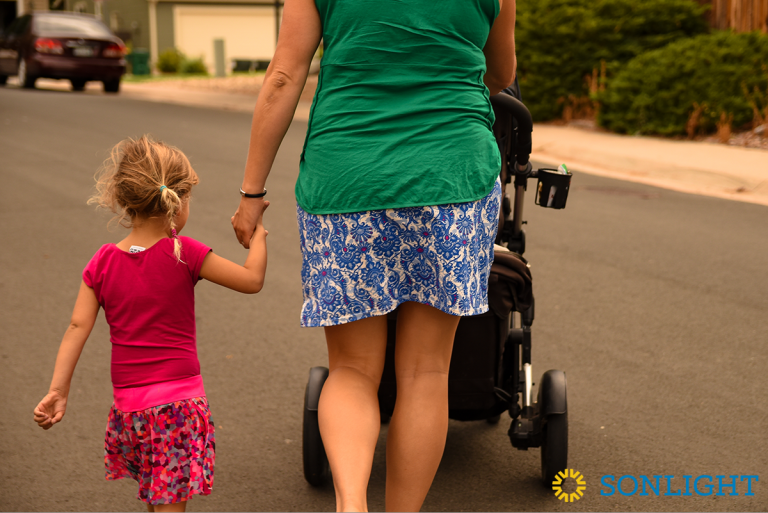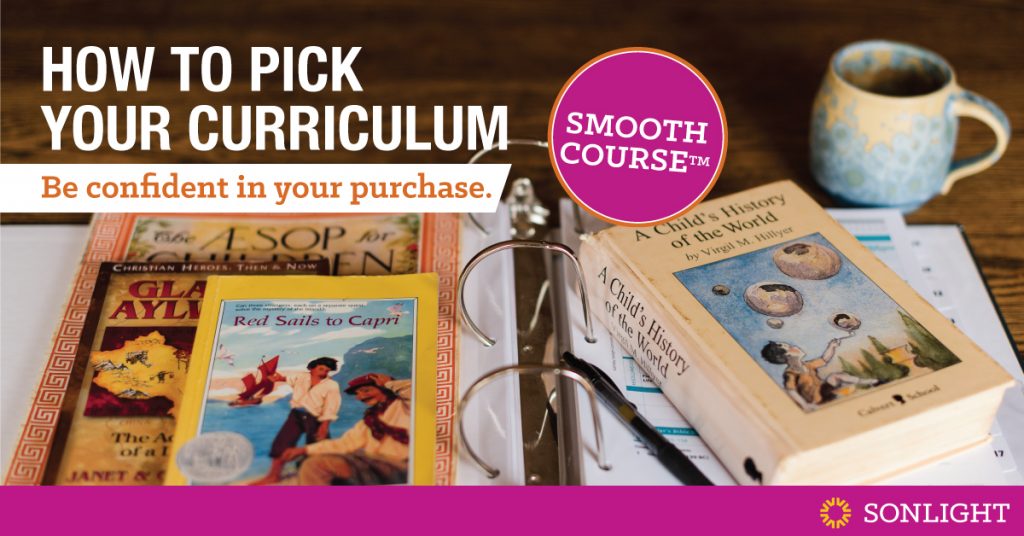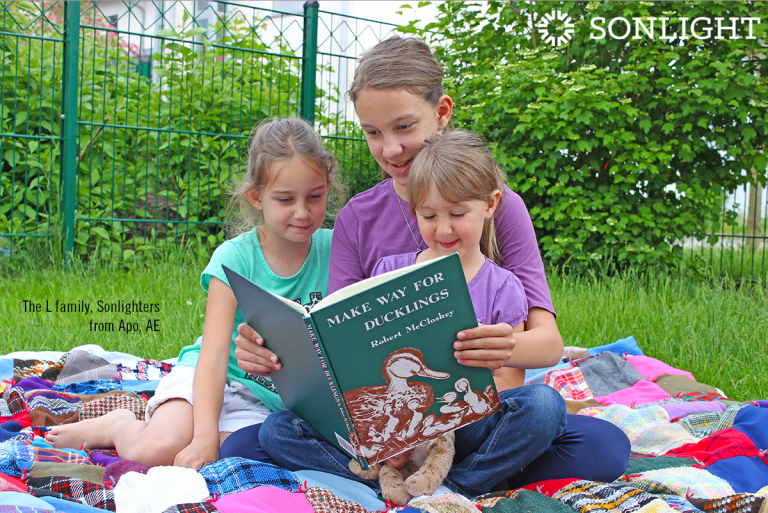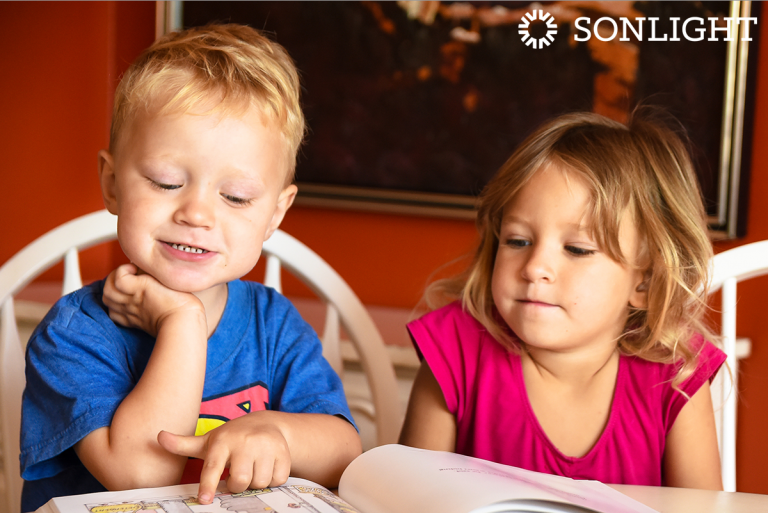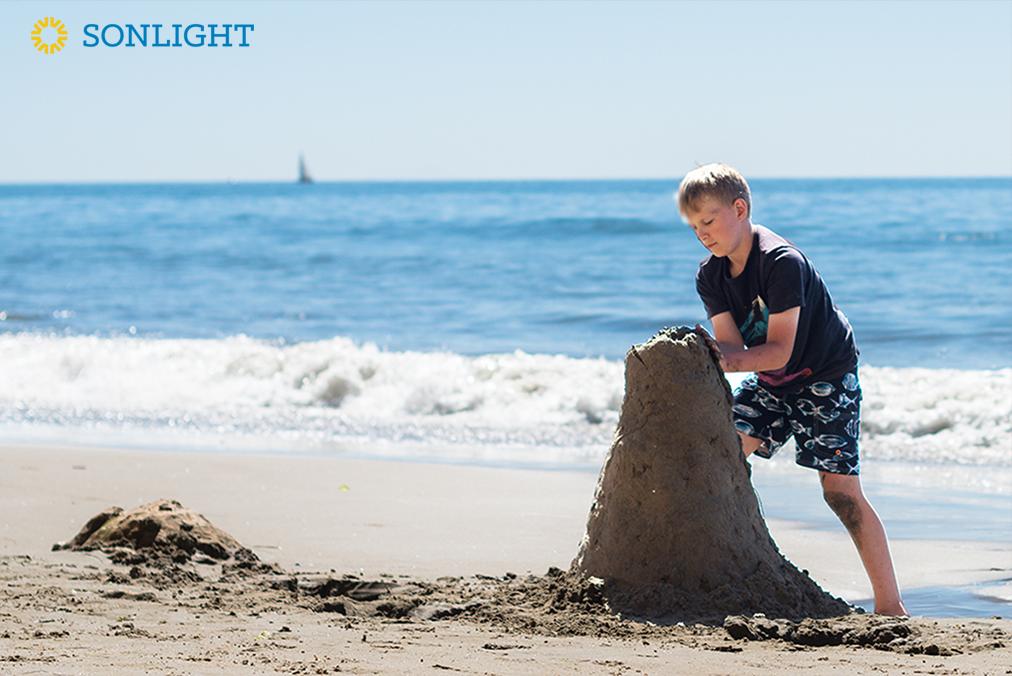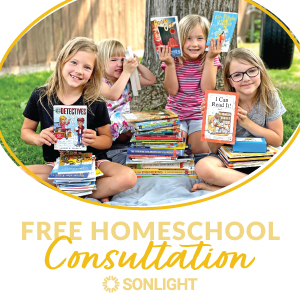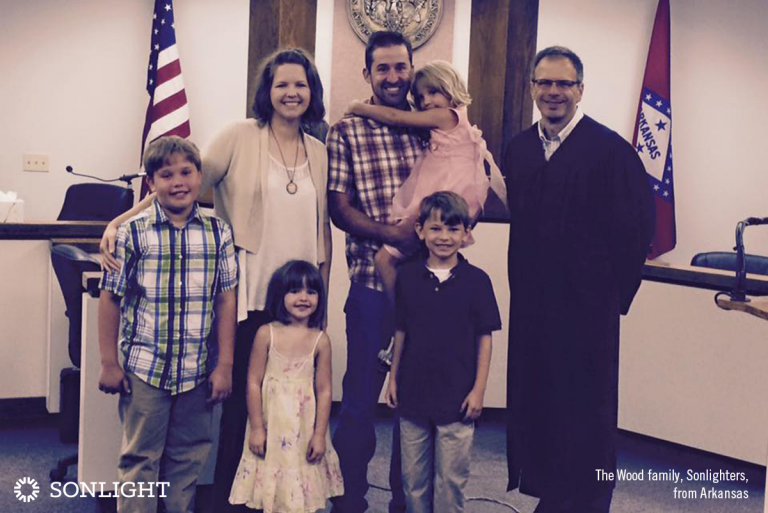
I had no idea the impact homeschooling would make on my family when we started this journey. At the time, my oldest son, Isaac, had just finished kindergarten in public school, and we simply wanted more time with him. That was all. I didn’t have lofty goals. I didn’t want him to be a child prodigy in math. I didn’t think he was ahead or behind; my husband and I merely wanted the time back. We wanted to slow down and have the time to influence his life and his heart.
When I chose Sonlight for our second year of homeschooling, I knew that even if we hated the curriculum, the books alone would be worth it. I can still remember the day we opened the door and saw The Box sitting there. It was like Christmas with our large dining room table, covered in books. I would have never guessed at the time that there were books in that box that would change our lives forever.
Thankfully, I can now report that we didn’t hate the curriculum. Quite the opposite! We loved it. Every day was like entering into another time and place. One day, we were knights and princesses. Another day, we were Robin Hood and his band of merry men. It was quite the adventure. But nothing prepared me for the day that I’ll never forget.
God Used Sonlight to Open Our Eyes and Hearts to Adoption
We were all piled in the living room one crisp fall morning reading George Mueller, and as I read, I realized that the room was completely quiet. I glanced up to see my kids with their mouths gaping open. We were reading the chapter where George Mueller sits down to the breakfast table at his orphanage, staring at 300 hungry orphans with absolutely no way to feed them.
- What would God do?
- How would God provide?
With the incredible miracle of provision that followed, I saw awe and wonder of God in my kids’ eyes. After we finished reading, I wondered aloud, “Do you guys think we could ever do that? Do you think that we could ever care for orphans like George Mueller?” My son replied, “No way, Mom, that’s not for regular people like us. That’s for people like George Mueller!”
I understood how he felt, but I pressed him, asking, “Why not? Wasn’t George Mueller at one time just a regular person like us? Doesn’t God use regular people every day?”
And at that moment, I saw the wheels start turning in their little minds: Maybe God could use them too.
Through the course of that year, we were repeatedly challenged by our curriculum. I’ve learned that when God is leading you to do something, He won’t let you forget it. It seemed as if every book we read that year kept adoption fresh in our minds. We encountered it over and over. After reading Gladys Aylward, we discussed how caring for orphans was sometimes a difficult, lonely task. After each reading of Window on the World, we talked about how there were so many children, even in our own community, who did not have families. We prayed for God to send families to care for them and love them. Through these books, God used Sonlight to open our eyes and our hearts to adoption.
Great Biographies Inspired Us When Times Were Hard
Now, almost three years later, I’m looking at not three, but four sweet children. In January of 2015, after a lengthy process of training and paperwork, we adopted James, a seven-year-old boy from our state's foster care system. It hasn’t always been easy, but during the hard times, we were reminded of some of our heroes of the faith like George Mueller and Gladys Aylward.
- We were reminded that God is faithful.
- We were reminded that sometimes, we must persevere through the loneliness that often comes with following God.
- We were reminded that God uses regular people like us to accomplish his perfect plan.
Today, a year and a half later, our adopted son is one of our many great blessings. Through adoption, we were able to give our oldest son something that he had never had—a brother.
It’s so interesting to see how God works in our lives. Today, I am homeschooling all four of my children, and I’m still using Sonlight, the same curriculum with James that helped bring us all together in the first place. I’m happy to say it still brings us together a little bit more every single day.
To find out more about Sonlight's inspiring Read-Alouds and our complete book-based homeschool programs, order a complimentary copy of your catalog today.





